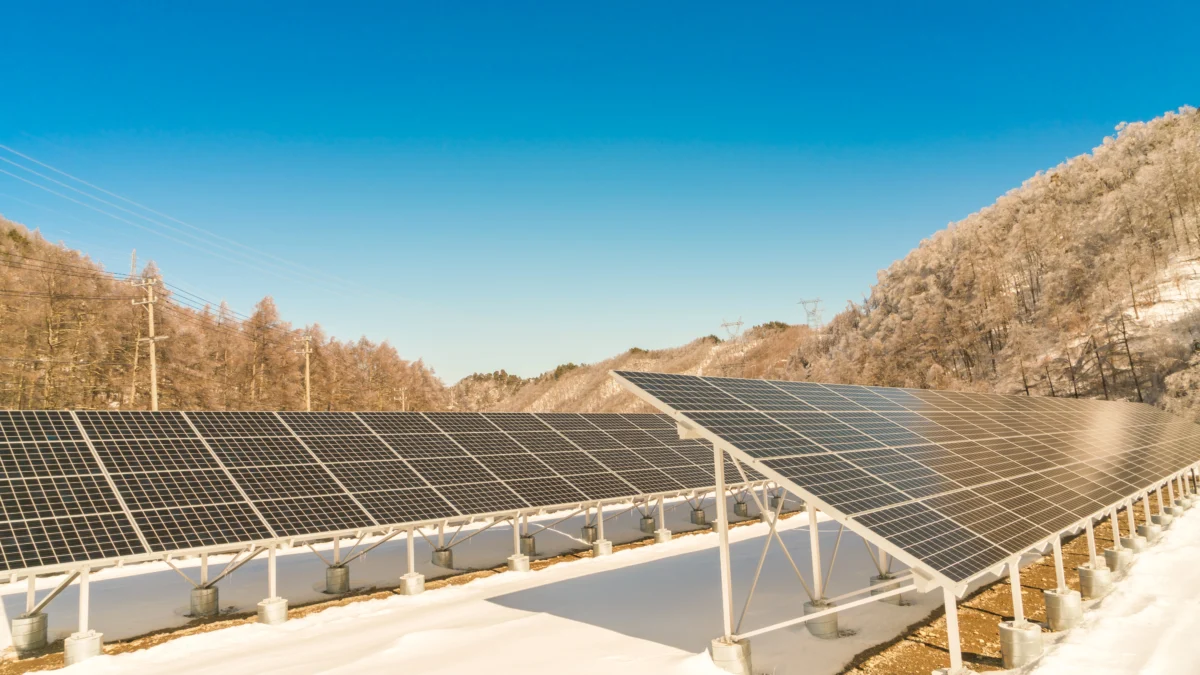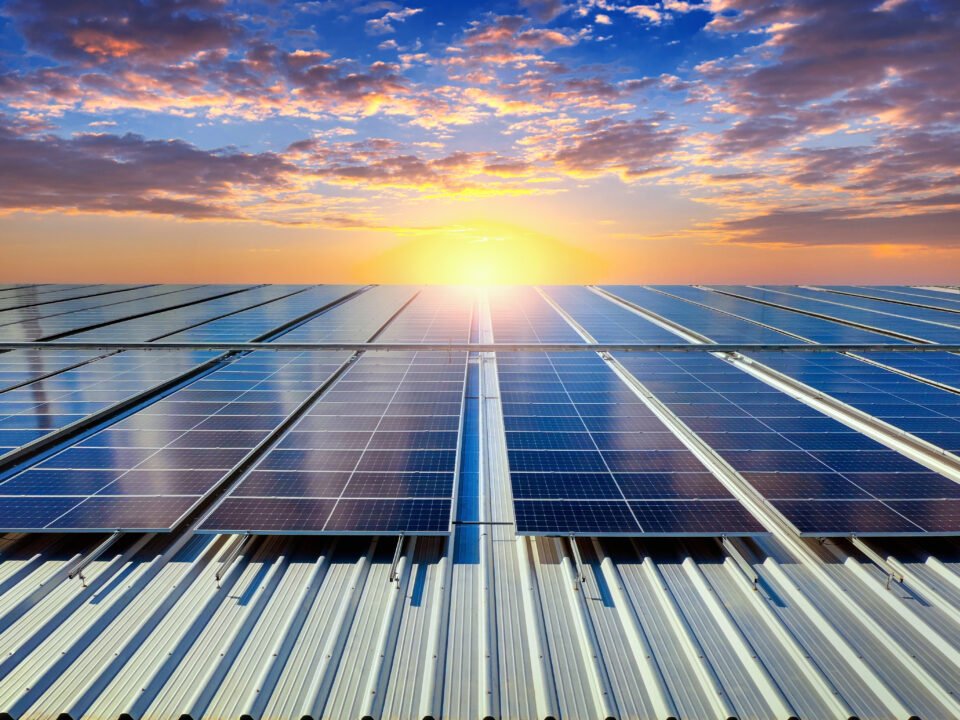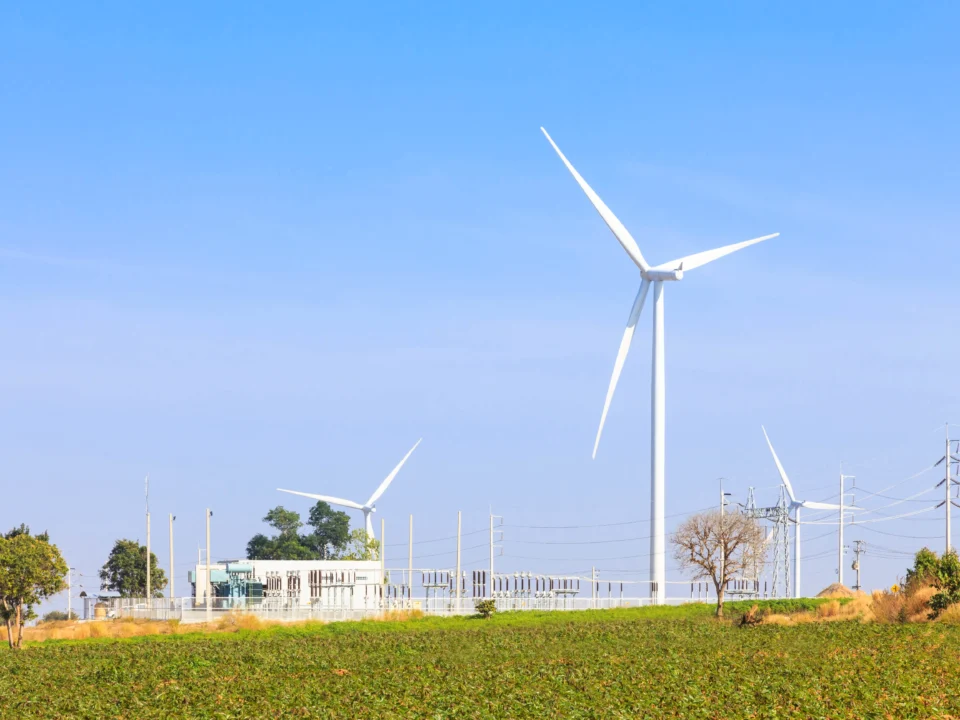The global push toward sustainable energy solutions has brought renewable energy to the forefront of conversations about our planet’s future. Among the array of renewable energy sources, solar power stands out as a beacon of hope, thanks to its abundant availability and rapidly advancing technology. In particular, are reshaping the energy landscape. In this blog, we will explore how solar plants are changing the game in renewable energy, their benefits, challenges, and what the future holds for this transformative technology.
What Are Solar Plants?
Solar plants, also known as solar power plants or solar farms, are large-scale installations designed to capture sunlight and convert it into electricity. They typically use photovoltaic (PV) panels or concentrated solar power (CSP) systems to harness solar energy. These plants vary in size, from small community projects to massive installations spanning hundreds of acres.
Solar plants are divided into two main types:
- Photovoltaic (PV) Plants: These use solar panels made of semiconductor materials like silicon to directly convert sunlight into electricity.
- Concentrated Solar Power (CSP) Plants: These use mirrors or lenses to concentrate sunlight onto a central receiver, generating heat that is then used to produce electricity through a turbine.
The Growing Role of Solar Plants in Renewable Energy
Solar plants are expanding rapidly, playing a central role in the renewable energy movement. According to the International Energy Agency (IEA), solar power is one of the fastest-growing electricity sources worldwide. Here’s why solar plants are becoming pivotal:
1. Abundant and Renewable Resource
The sun provides an inexhaustible source of energy. Every hour, enough sunlight reaches Earth to power the world’s energy needs for an entire year. tap into this vast resource, offering a sustainable alternative to fossil fuels.
2. Declining Costs
Technological advancements and economies of scale have significantly reduced solar energy costs. The price of solar panels has dropped by more than 80% over the last decade, making a cost-effective solution for energy production.
3. Environmental Benefits
Solar plants produce clean energy, emitting no greenhouse gases during operation. They help reduce reliance on fossil fuels, mitigating climate change and air pollution.
4. Energy Independence and Security
Countries investing in reduce dependence on imported fossil fuels, enhancing energy security. Solar energy also diversifies the energy mix, making grids more resilient to supply disruptions.
5. Job Creation
The solar industry is a significant job creator, offering opportunities in manufacturing, installation, maintenance, and research. contribute to economic growth while fostering green jobs.
Innovations Driving Solar Plant Efficiency
Innovation is key to the success. Recent advancements are making these installations more efficient, affordable, and adaptable. Promising developments include:
1. Bifacial Solar Panels
Bifacial panels capture sunlight on both sides, increasing energy output. These panels maximize sunlight use in solar plants.
2. Energy Storage Systems
Integrating storage systems like lithium-ion batteries allows for excess energy storage during the day. This stored energy ensures a stable power supply at night or during cloudy periods.
3. Floating Solar Farms
Installed on water bodies, floating solar plants save land space, reduce water evaporation, and operate efficiently due to the cooling effect of water.
4. AI and IoT Integration
Artificial intelligence (AI) and the Internet of Things (IoT) optimize solar plant performance through real-time monitoring, predictive maintenance, and efficient energy management.
5. Perovskite Solar Cells
Perovskite solar cells are a promising alternative to traditional silicon-based cells. They are cheaper to produce and offer higher efficiency, potentially revolutionizing solar technology.
Challenges Facing Solar Plants
Despite their advantages, solar plants face challenges that must be addressed to unlock their full potential:
1. Intermittency
Solar energy is dependent on sunlight, making it intermittent. Energy storage solutions and hybrid systems combining solar with other renewable sources are essential to address this limitation.
2. Land Use
Large-scale solar plants require significant land, leading to potential land-use conflicts in high-density or agricultural regions.
3. Initial Investment
While costs have declined, the initial investment for solar plant setup remains high. Financing mechanisms and government incentives are crucial for project viability.
4. Environmental Impact
While solar plants are environmentally friendly, their construction and operation can cause localized impacts, such as habitat disruption and water usage in CSP plants.
The Future of Solar Plants
The future of solar plants is bright, driven by technological advancements, supportive policies, and growing public awareness of climate change. Key trends shaping their future include:
1. Hybrid Renewable Energy Systems
Combining solar plants with wind, hydro, or biomass energy creates hybrid systems that provide a more reliable power supply.
2. Advanced Grid Integration
Smart grids and microgrids improve solar energy integration into existing systems, enhancing reliability and efficiency.
3. Expansion in Developing Countries
Solar plants are becoming more accessible in developing countries, providing electricity to remote regions, bridging energy gaps, and improving living standards.
4. Innovative Business Models
Models like solar leasing, power purchase agreements (PPAs), and community solar projects make more accessible to businesses and households.
5. Focus on Sustainability
Efforts are underway to make more sustainable by using recyclable materials, minimizing land and water usage, and implementing eco-friendly practices.
Conclusion
Solar plants are transforming the renewable energy sector, offering a clean, sustainable, and increasingly affordable electricity source. With continuous innovation and growing global commitment to reducing carbon emissions, are set to play a pivotal role in shaping a greener, more resilient energy future.
By addressing challenges and capitalizing on emerging opportunities, investments in can ensure a brighter, sustainable future for generations to come.




